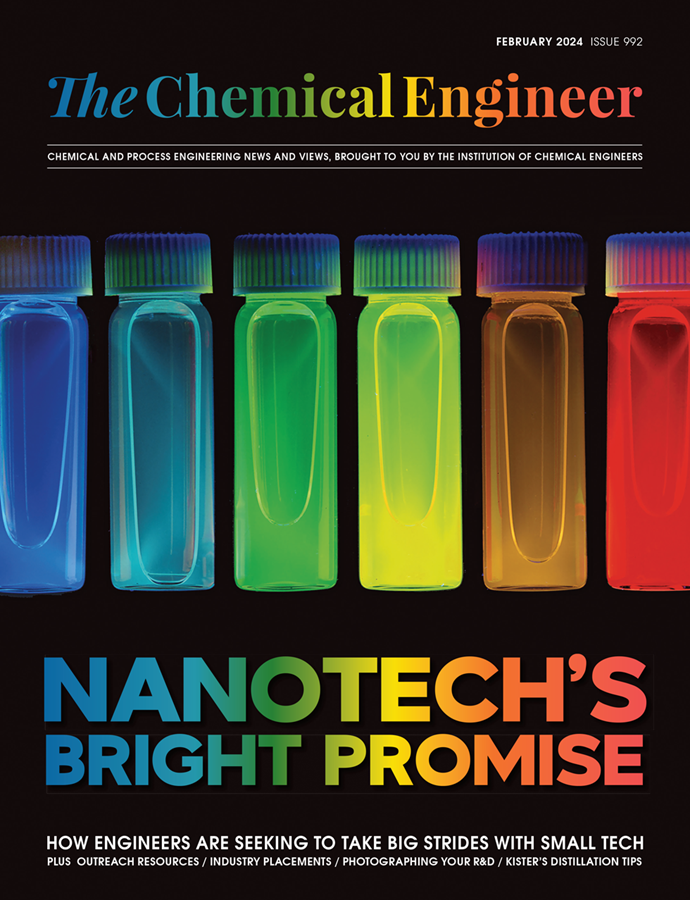Book Review: Databook of Green Solvents 2nd Edition
Anna Wypych and George Wypych ISBN: 978-1-927885-43-7; ChemTec Publishing; 2019; US$285

After reading Databook of Green Solvents, I look back at the past 30 years of my career and wish that at times I had access to a publication such as this. Within the chemical industry it is sometimes difficult to isolate key data in a timely fashion, and I feel that this publication fills that void to a significant extent.
Sections 1 and 2, outlining what solvents are and what makes them green, are written in a clear and informative manner such that professionals, and lay-members of the public, can follow the objectives and explanations of the publication. It is a valuable aspect of the text that these key fundamentals are explained at an early stage.
The databook further considers a wide variety of solvents, such as biodegradable and bio-renewable materials, in addition to “traditional” solvents, covering key functional groups such as esters, acids and alcohols (section 3 as subdivided). Additionally, physical chemistry is encompassed to take into account eutectic mixtures, although there is not much emphasis in comparison to other topics in the book. That said, an understanding of predicted boiling points and the separation of mixtures with a high degree of confidence is valuable indeed.
Within the chemical industry it is sometimes difficult to isolate key data in a timely fashion, and I feel that this publication fills that void to a significant extent
The content of the hardcopy version which I received for review is clearly set out in the contents section, with an easy-to-read typeface and font size.
Data is clearly tabulated in terms of both internationally recognised units and values; this includes physical as well as chemical data such as boiling points and solvent-solute relationships and usage.
Other key information such as hazard data, certain regulatory information such as toxicity levels, exposure limits and other regulatory parameters are covered in useful detail but not to an overwhelming and unnecessary point.
One area that is not clear to me is how to use the text to correctly select a candidate for a specific role. A real example of when this would be applicable includes general selection of green polar aprotic solvents as opposed to non-polar aprotic materials, giving the user an advanced indicator of solvent choice. Under circumstances such as these, it would be prudent to design some type of simple chart where general properties can be easily selected in terms of chemical and physical behaviour. Tabulating the information, taking into account all that is contained within the book, would enable chemists, chemical engineers, or other suitable users to easily, and more quickly, select a suitable solvent for the task in hand. Furthermore, by having an easier-to-read comparator, unwanted and potentially economically costly problems can be avoided.
Another option that would enable chemists or engineers to quickly and efficiently use the text to identify potential green solvents that satisfy the required properties, would be a classification system incorporating the use of colours, numbers, letter codes, or a scoring system. This approach has been used with a high degree of success in the application of assessing practical risk in laboratory experimentation and chemical manufacture.
All-in-all, the text is informative and helpful if the reader knows where to look, however this may take some time depending upon how much information is needed. That said, I would certainly have a copy in my laboratory library stock and in paper format.
As it is, I believe that the publication is suitable for use by most scientifically-competent professionals, such as life and physical science graduates and theoretical specialists. With some modifications along the lines of what I have described, it could evolve over time, as data progresses, to become a regularly-used and valuable scientific aid.
Recent Editions
Catch up on the latest news, views and jobs from The Chemical Engineer. Below are the four latest issues. View a wider selection of the archive from within the Magazine section of this site.




